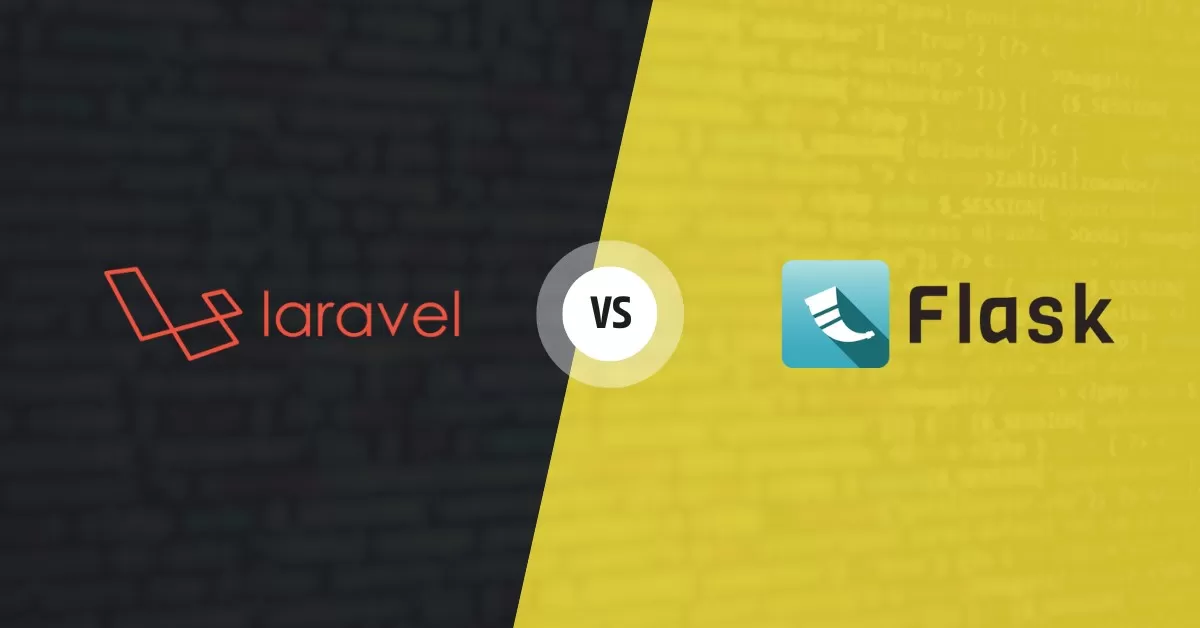What is Generative AI? How to Implement Generative AI in Your Projects?

4 min read | By Postpublisher P | 16 November 2023 | Technology
Think of the things that you can do within a few minutes: Setting a timer or an alarm? Putting on your shoes? Watering your plants? Sending a message to your friend? Easy things. But what about creating a web design within minutes? Wait, what? Yes, Generative Artificial Intelligence (AI) can do that.
This AI technology is not just capable of generating a design within a minute. But can generate anything that you want, including images, text, audio, video, and even code.
No matter who you are and what your profession is, generative AI is a powerful tool that can increase the efficiency and impact of your project work. A question might pop up in your mind: “Why should I implement Generative AI in my projects?” Well, the answer to your question is simple. It can save you time, boost your work, and give you fresh prospects. In this blog, you’ll learn the basics of Generative AI and how to implement them in your projects.
Generative AI and its types

Generative AI is a branch of AI technology that involves machines creating content like text, images, or music on their own. You can use Generative AI to your own advantage. You can get ideas for blog topics and summaries. You can ask for design ideas and templates for your website and graphics. Even if you ask for the ingredients needed to cook your favorite dish, it will provide you.
Generative AI uses various models like Transformers, Generative Adversarial Networks (GANs), and Recurrent Neural Networks (RNNs), Variational Autoencoders (VAEs) for its unique abilities.
• Transformers-based models are well known for their language tasks. They can understand the context and meaning of a sentence easily. And, they can be able to create text and translations effectively.
• Generative Adversarial Networks (GANs) are capable of generating new data that is similar to the data they are trained on. If they’re trained to generate images of mobile phones, they can generate new images that are realistic. But these images are fake representations of mobile phones.
• Recurrent Neural Networks (RNNs) are designed to create sequences of data based on the previous inputs and outputs. They are good at tasks like text generation, speech recognition, and music composition.
• Variational Autoencoders (VAEs) can be used to create new content, videos, find anomalies, and enhance the quality of pictures. They can produce a new text or music using the given speech input. If you provide a song as input, they will generate an image or video.
Factors to consider while choosing generative AI models
𝐓𝐡𝐞 𝐭𝐲𝐩𝐞 𝐚𝐧𝐝 𝐪𝐮𝐚𝐥𝐢𝐭𝐲 𝐨𝐟 𝐭𝐡𝐞 𝐝𝐚𝐭𝐚: A lot of data is needed to train generative models. The more data used to train, the more content it can generate. So, you should choose a model that can manage the data you have and produce the quality you want.
𝐆𝐨𝐚𝐥 𝐚𝐧𝐝 𝐬𝐜𝐨𝐩𝐞 𝐨𝐟 𝐲𝐨𝐮𝐫 𝐩𝐫𝐨𝐣𝐞𝐜𝐭: Each and every model has their own strengths and limitations. They may vary from each other when it comes to creating things and how they can be used. Go for a model that can match your project goals. Also, be aware of the problem and risk factors.
𝐂𝐮𝐬𝐭𝐨𝐦𝐢𝐳𝐚𝐭𝐢𝐨𝐧 𝐨𝐩𝐭𝐢𝐨𝐧 𝐚𝐧𝐝 𝐜𝐨𝐬𝐭 𝐨𝐟 𝐭𝐡𝐞 𝐦𝐨𝐝𝐞𝐥: Think of customization options, so that they can fit your specific project needs. Choosing the model that has tailoring options and is budget friendly could be the best option.
How to implement Generative AI models?

Follow these common steps to implement generative AI models in your projects,
𝐂𝐨𝐥𝐥𝐞𝐜𝐭 𝐚𝐧𝐝 𝐩𝐫𝐨𝐜𝐞𝐬𝐬 𝐭𝐡𝐞 𝐝𝐚𝐭𝐚: The first and foremost thing that you need to do is gather the right information related to your projects. Once you have it, organize all the information to make it fit for the training/learning process.
𝐒𝐞𝐥𝐞𝐜𝐭 𝐭𝐡𝐞 𝐫𝐢𝐠𝐡𝐭 𝐦𝐨𝐝𝐞𝐥: You may consider popular models like GPT-3, CLIP, Jukebox, and Codex for your projects. Analyze the features, computational resources, and performance functions of the model.
𝐓𝐫𝐚𝐢𝐧 𝐚𝐧𝐝 𝐭𝐞𝐬𝐭 𝐭𝐡𝐞 𝐦𝐨𝐝𝐞𝐥: Teach the model by giving it examples of data. This can take a long time depending upon the capacity of the model and the complexity of the data. Once you finish the training, test its performance by evaluation metrics, such as Precision and recall, F1 score, and Structural Similarity Index (SSIM).
𝐃𝐞𝐯𝐞𝐥𝐨𝐩 𝐚𝐧𝐝 𝐝𝐞𝐩𝐥𝐨𝐲 𝐭𝐡𝐞 𝐨𝐮𝐭𝐩𝐮𝐭: Your model is now ready to create music, images, stories, and more. Now, you have to deploy it to an endpoint, so that it can manage requests and responses from the users. For that, make use of tools like Flask, Vertex AI, and TorchServe.
Ethical considerations:
Generative AI models have numerous amazing possibilities, but they can also produce important issues. They might create biased content, fake images/videos, or spread false information. As an example, if you want to generate images of “birds,” you should train the model on a varied dataset of bird images. Instead of focusing on a few biased ones, you should focus on large datasets. Putting protective measures in the first place can help you prevent problems.
Last Words:
In conclusion, Generative AI is a powerful tool that can make your projects easy, effective, and impactful. Amplify your creativity, save your time and cost, and improve the productivity of projects with Generative AI. Try Generative Artificial Intelligence models and see how it transforms your projects.
The latest from our editors
Join over 150,000+ subscribers who get our best digital insights, strategies and tips delivered straight to their inbox.

